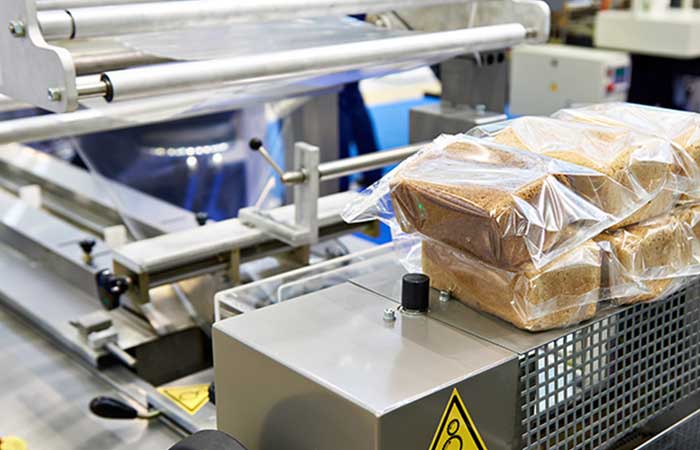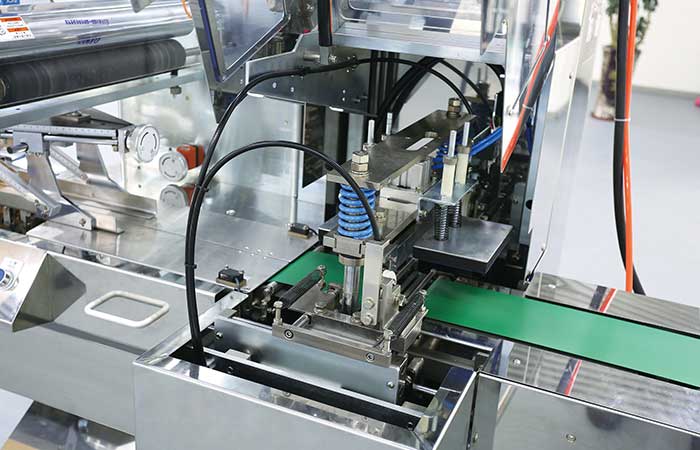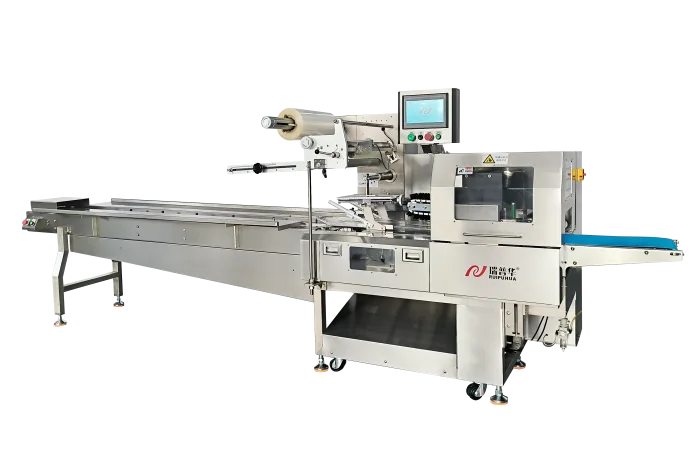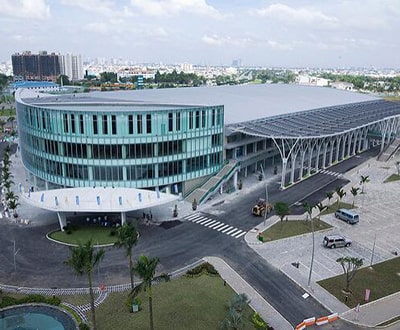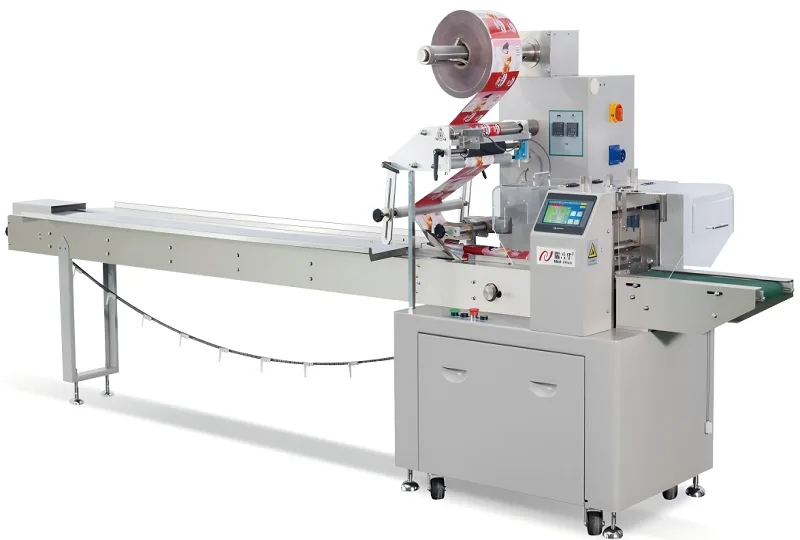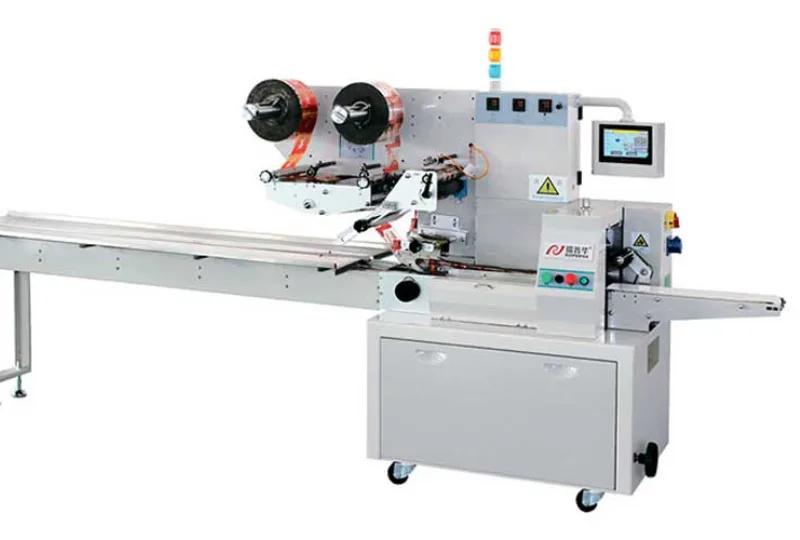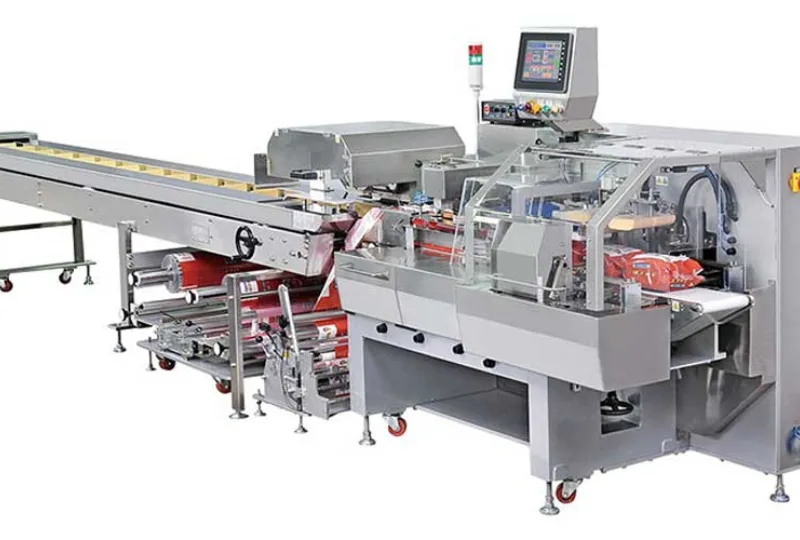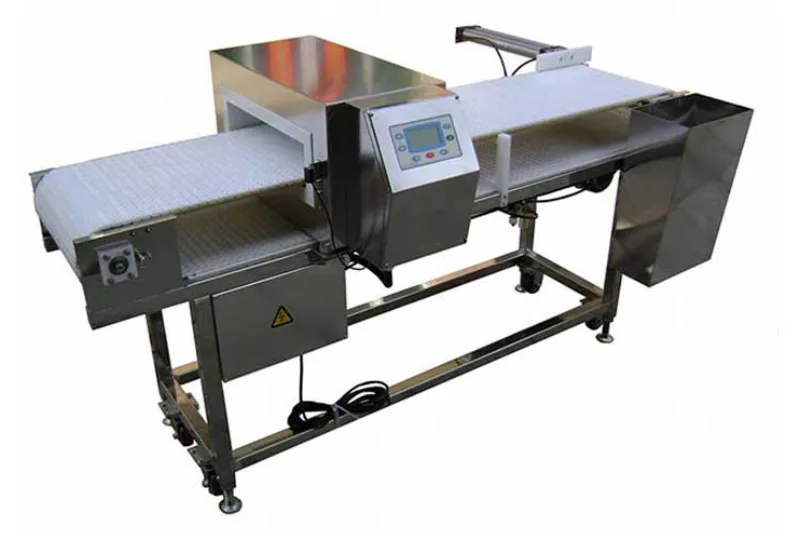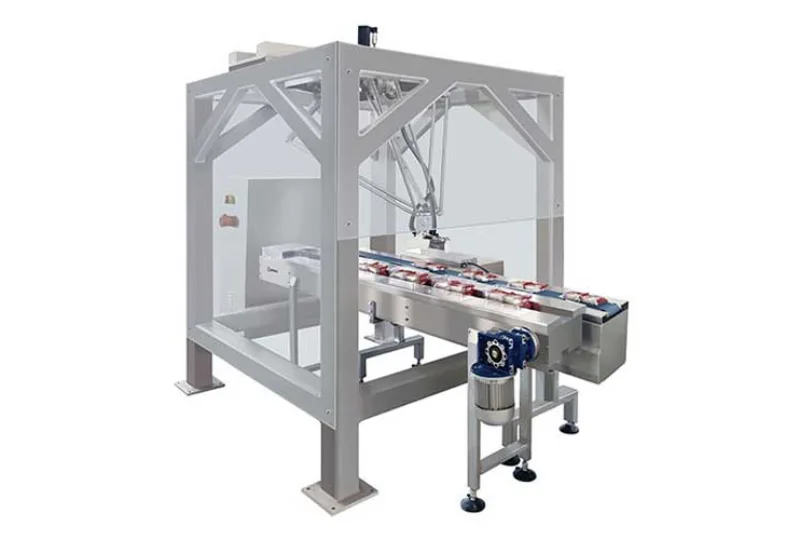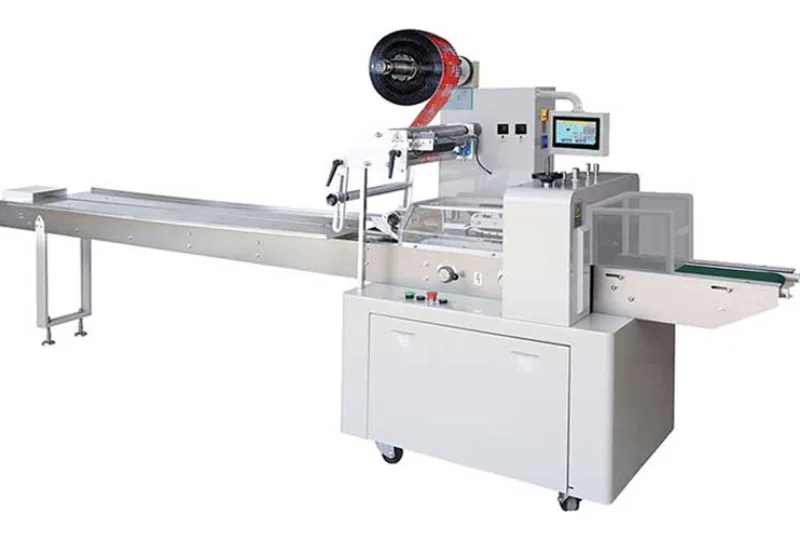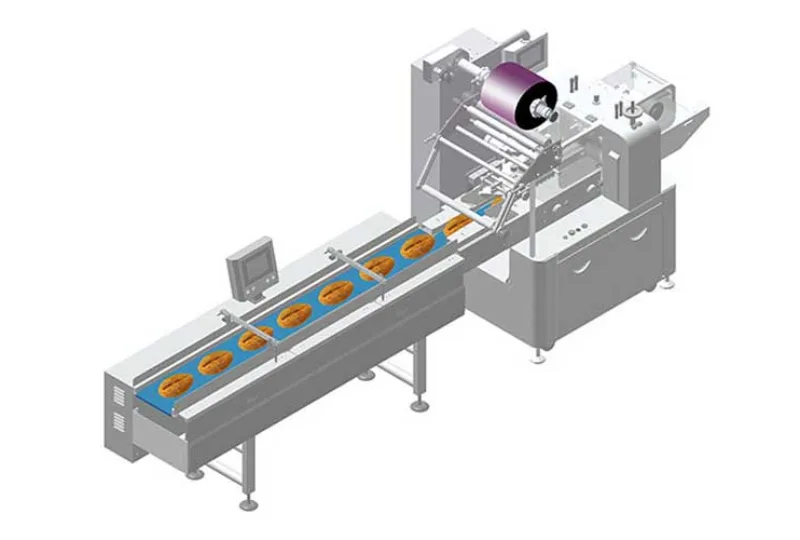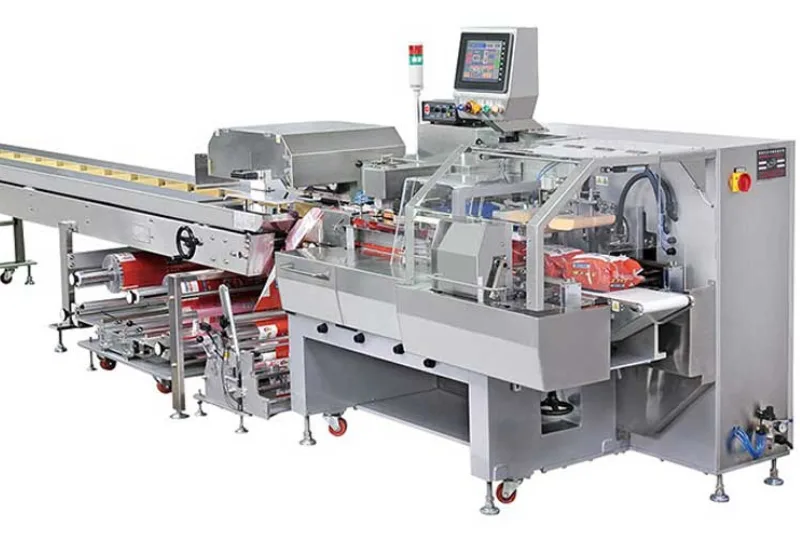The Evolution of Programming Languages: A Detailed Analysis
The Evolution of Programming Languages: A Detailed Analysis
Programming languages have come a long way since the inception of computers. From the early days of machine language to high-level languages like Python and Java, the evolution has been nothing short of remarkable. This article aims to delve into the depths of programming language history, highlighting key milestones and innovations that have shaped the way we write code today.
1. The Birth of Machine Language
Machine language, consisting of 0s and 1s, was the first type of language used to program computers. It was tedious and prone to errors, as programmers had to directly input instructions into memory locations. The earliest computers, such as ENIAC, could only understand machine language, making programming a complex and time-consuming task.
2. The Advent of Assembly Language
Assembly language was introduced as a more human-readable version of machine language. It used mnemonics to represent machine instructions, making programming slightly easier. Programmers could now write code using symbolic instructions that were then translated into machine language by an assembler. This marked a significant improvement in the way code was written and understood.
3. The Era of High-Level Languages
High-level languages like Fortran, COBOL, and BASIC revolutionized programming by introducing more English-like syntax and built-in functions. These languages allowed programmers to write code without worrying about machine-specific details, making software development more accessible to a larger audience. The development of high-level languages laid the foundation for modern programming practices and paved the way for future innovations.
4. Object-Oriented Programming Paradigm
With the introduction of languages like C++ and Java, the concept of object-oriented programming (OOP) gained prominence. OOP focused on creating reusable code modules called objects, leading to more efficient and organized code. This paradigm shift revolutionized software development and is widely used in modern applications, from web development to artificial intelligence.
5. The Rise of Scripting Languages
Scripting languages like Python and Ruby gained popularity due to their ease of use and versatility. These languages are known for their dynamic typing and high-level abstractions, making them ideal for rapid prototyping and automation tasks. The rise of scripting languages has diversified the programming landscape, offering developers a wide range of tools for various applications.
6. The Future of Programming Languages
As technology advances, new programming languages continue to emerge, catering to specific niches and industries. Languages like Go, Rust, and Swift are pushing the boundaries of performance, security, and concurrency. The future of programming languages is exciting, with ongoing research into quantum computing, AI, and blockchain leading to innovative language designs.
In conclusion, the evolution of programming languages has been a journey of innovation and ingenuity. From the early days of machine code to the sophisticated languages of today, programmers have constantly strived to enhance the way we communicate with computers. As we look towards the future, it’s evident that the language landscape will continue to evolve, adapting to the ever-changing demands of technology and society.
-
01
Automatic Tray Loading and Packaging Equipment: Boost Efficiency to 160 Bags/Minute
21-11-2025 -
02
Automatic Soap Packaging Machine: Boost Productivity with 99% Qualification Rate
21-11-2025 -
03
A Deep Dive into Automatic Toast Processing and Packaging System
18-11-2025 -
04
The Future of Bakery Production: Automated Toast Processing and Packaging System
18-11-2025 -
05
Reliable Food Packaging Solutions with China Bread, Candy, and Biscuit Machines
11-10-2025 -
06
High-Performance Automated Food Packaging Equipment for Modern Production
11-10-2025 -
07
Reliable Pillow Packing Machines for Efficient Packaging Operations
11-10-2025 -
08
Advanced Fully Automatic Packaging Solutions for Efficient Production
11-10-2025 -
09
Efficient Automatic Food Packaging Solutions for Modern Production
11-10-2025 -
10
Advanced Automatic Packaging Equipment for Efficient Production
11-10-2025



